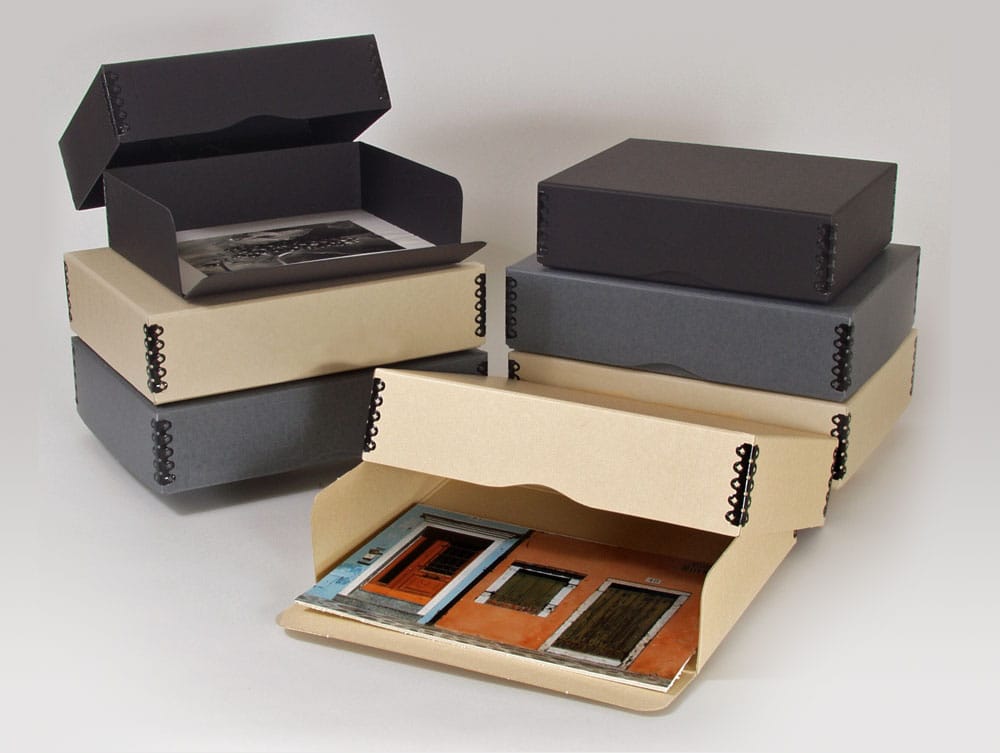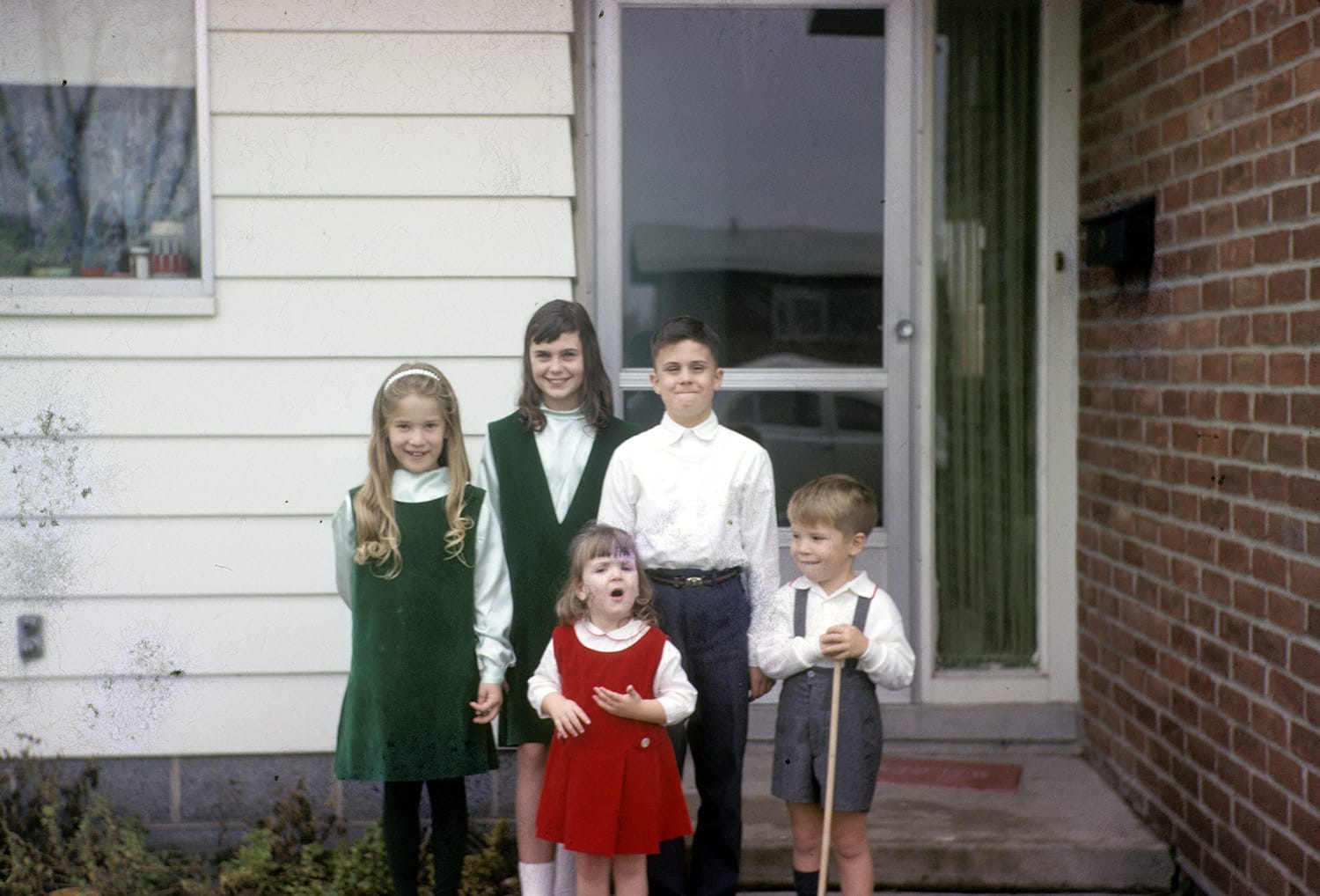How to Preserve and Store Old Photographs
“A good photograph never belongs to the past; every time you look at it, it is with you, it is alive and it is in the present moment.” –Mehmet Murat ildan
To say that photography has changed in the digital age is an understatement. These days, smartphones have made us ‘snap-happy‘ to a fault, making any moment – special or everyday – worthy of recording.
And since we undoubtedly take a lot more photos now (1.2 trillion per year by some estimates – compared to 86 billion, the highest number recorded for film in 2000 before it began to fade from the scene), we also have a lot more digital clutter to contend with. There are many solutions designed to tackle this problem and most of us use them to varying degrees, based on time at hand and our motivation levels. Most people realize that their digital photo piles are growing uncontrollably but since these photos are largely auto-saved and backed up, they feel that they can put off the task of sorting through and organizing them.

Old print photos and negatives, on the other hand, are a different story. These have a special cachet that comes from the fact that they are old, rare and possibly in danger of being lost if we don’t act to save them. And since they spend a lot of time buried in boxes, we feel a strong sense of nostalgia when we rediscover them after a long time.
Think about the last time you pulled out an old photo album hidden away on a dusty bookshelf or came across a shoebox full of old prints. You are pulled into a visual time travel of sorts, prompted by photos of family vacations, weddings, and other moments from the past.
But by keeping these memories stored in fragile prints, we are really taking a chance with them. Prints can fade or get damaged with time; or be entirely wiped out by some unforeseen calamity such as flooding or fire. And that’s when the magnitude of the loss hits us. When the only copy of a given photograph is lost or irreparably damaged, then the memory it helped keep alive is completely erased.
So, how can you safeguard and preserve these memories?
One surefire way to do that is by scanning and converting old photos to a digital format.
The how and why of photo scanning
Creating digital copies of physical photos means that you’ll never have to worry about decay, deterioration, fading, or other effects of time on them. After you have scanned your photos and saved them to your computer, be sure to doubly back them up for extra peace of mind. This means that you should also store your newly scanned photos on an external disk as well as some form of cloud storage such as Google Drive or Dropbox.

This way your scans are safe even if your laptop crashes on you (as laptops are prone to do from time to time).
Scanning hundreds of photos can be a very, time-consuming task that can eat up many precious weekend hours. So, if you’re short on patience and time, or both, using a professional photo scanning service to scan, store and digitally backup photographs is a simpler and painless option.
After you scan your photos, you can then edit the images to restore them to their original shine, or further enhance them as you wish. Most scanning software will allow you to adjust contrast and brightness, remove instances of red eye, sharpen images, and bring the stories back to life – in vivid colour or striking black and white.
Looking at photos used to be a collective social experience shared with family and friends – one that brought many untold stories to the fore. But with families now scattered across the globe, such photo viewing events are increasingly hard to organize. Digitizing old photos makes them easier to share with anyone, anywhere – to mark a special occasion or just to bring a smile on their face.

Preserving physical photos
But what about the original photographs? Even if you have scanned them, you still want to save the prints, given the sentimental value attached to them. Although drawers and cardboard boxes may seem like reasonable storage options, they are not the best preservation media. The acid in these materials can leach into your prints and cause them to degrade over time. Albums are not the best home for photos either. Some of them have plastic sheets that can stick to photos and ruin them. Adhesive mounts and glue used to stick photos in albums are equally damaging.
A smarter option is to use archival quality boxes from a reliable online supplier. These are made with acid-free materials that also provide a solid barrier to dust, moisture, grime and other environmental contaminants.
Apart from boxes, acid-free sleeves are another great way to preserve your photos and negatives for the long term.
Clearly, a small investment of time and money can ensure that your photographs and the memories in them are preserved for the future. Scanning old photos is an important step because it opens up a world of possibilities when it comes to sharing or creating mementos and gifts from these images. If you decide to preserve the original photographs, being able to physically go through this archive will make all the difference in an increasingly digital world. The key point here is that you should act now rather than later to safeguard your family’s photographic legacy.
Years from now, when you’re able to pass this on to younger members of the family, you’ll be glad you did.
